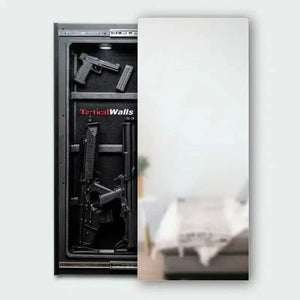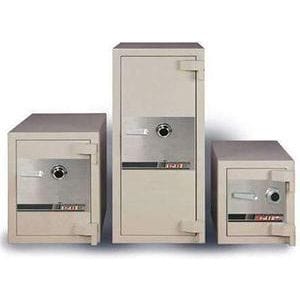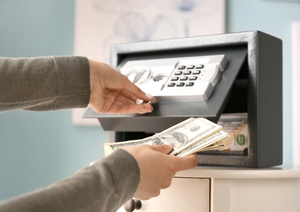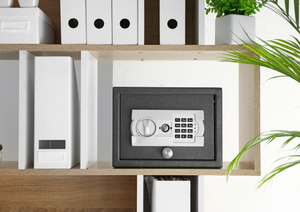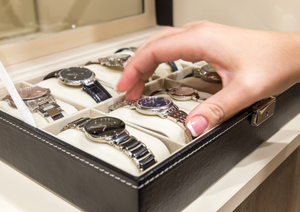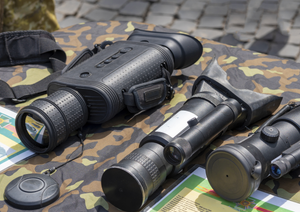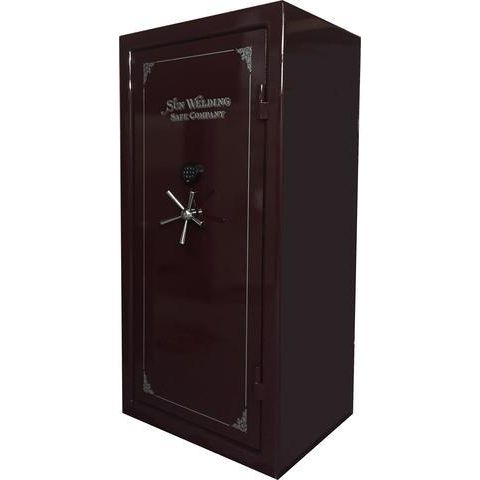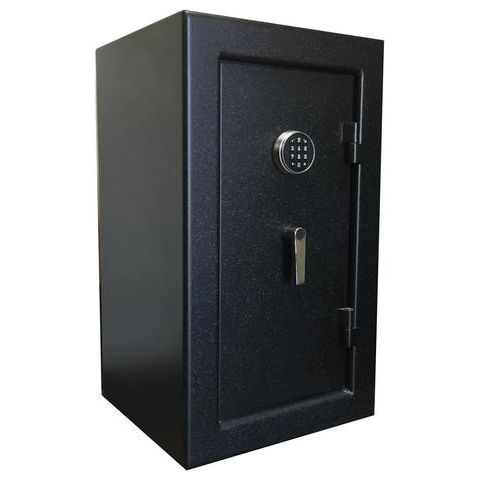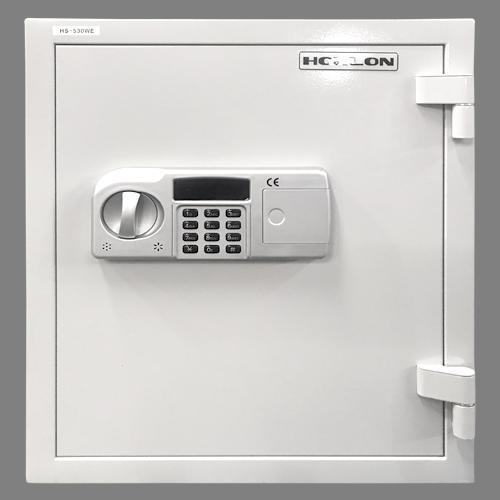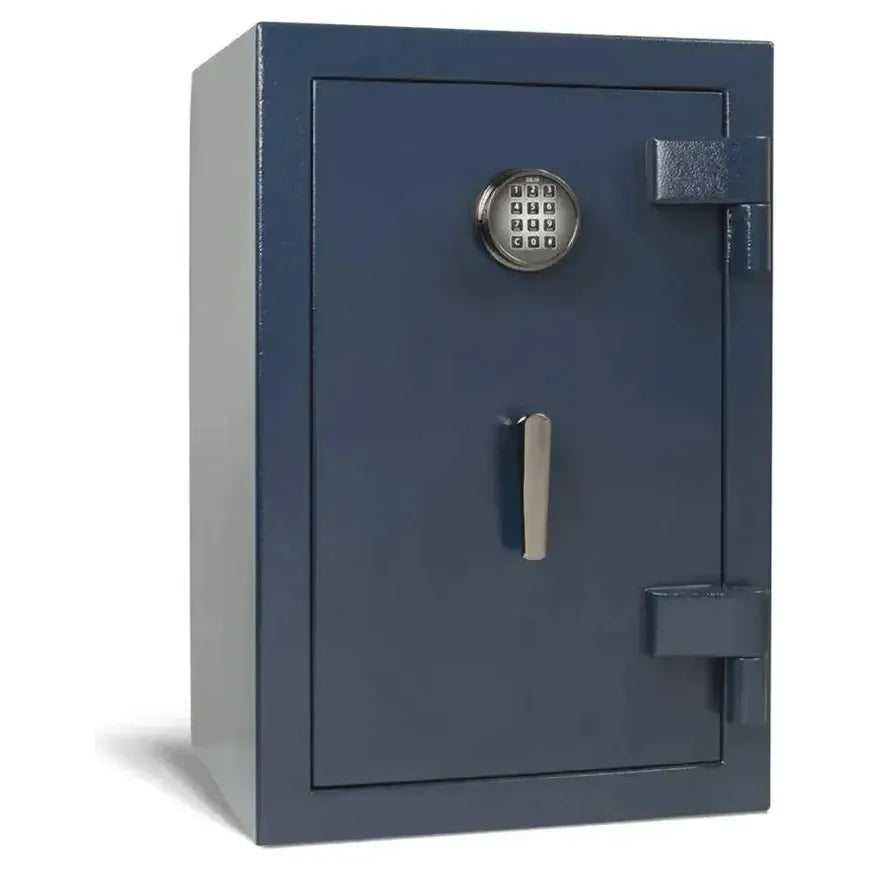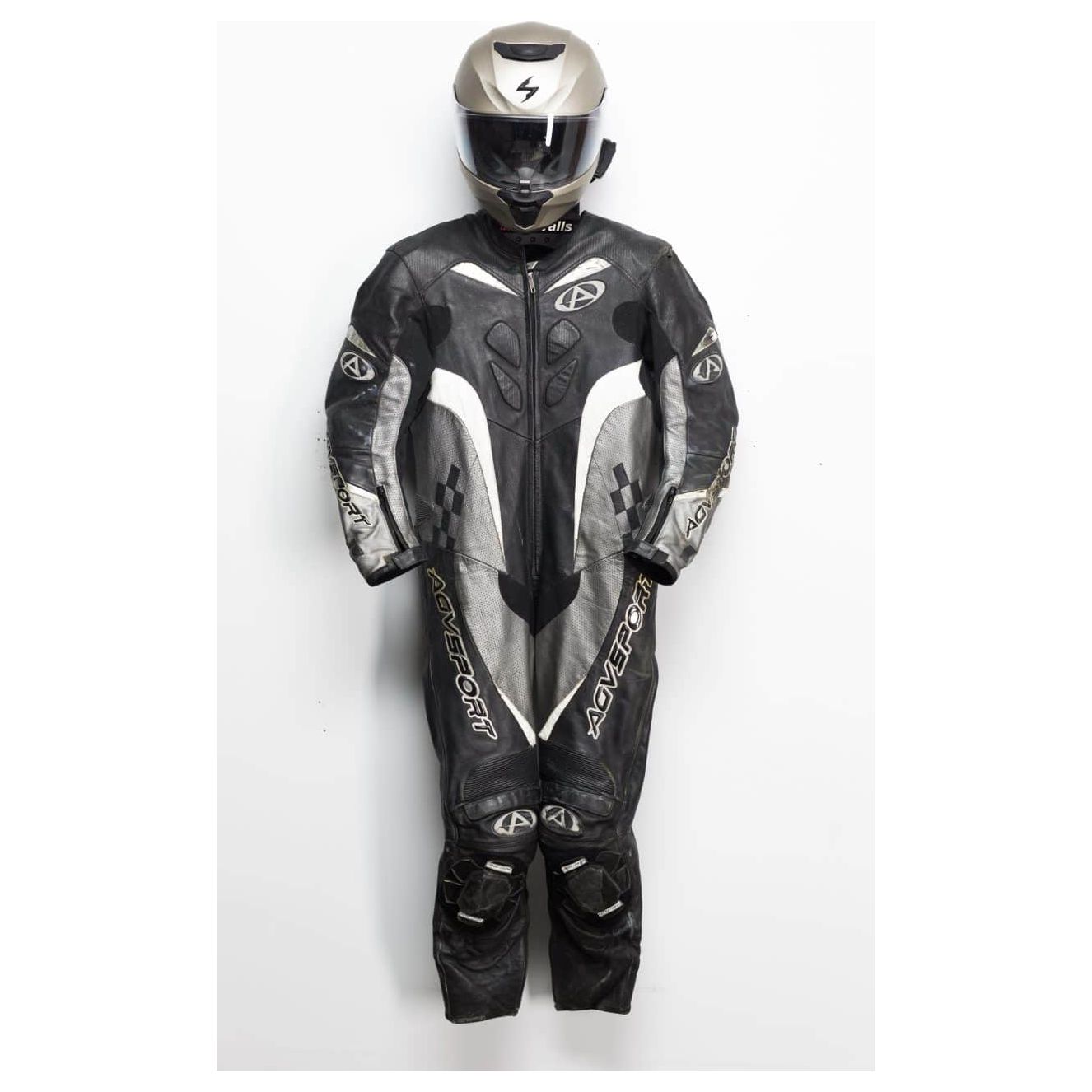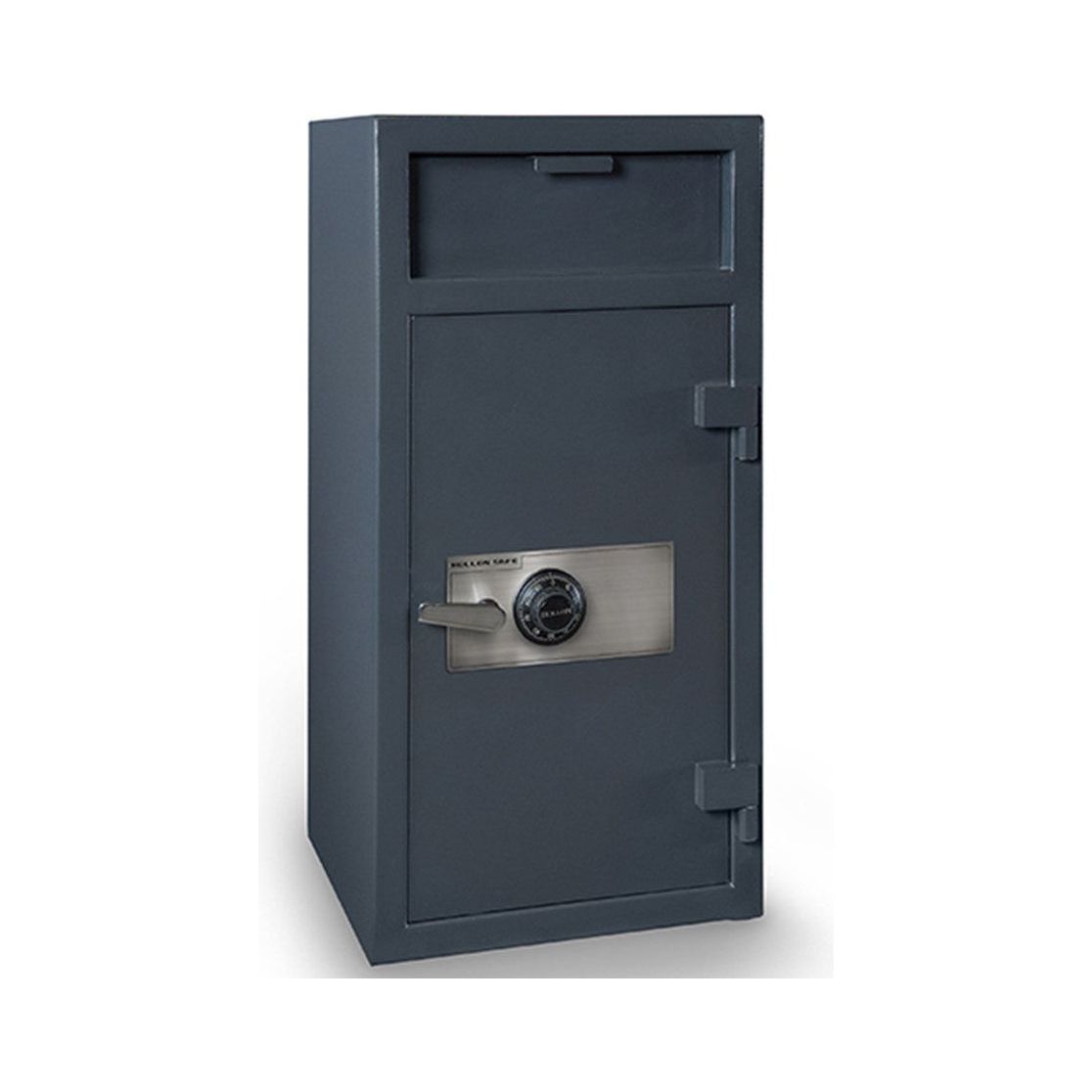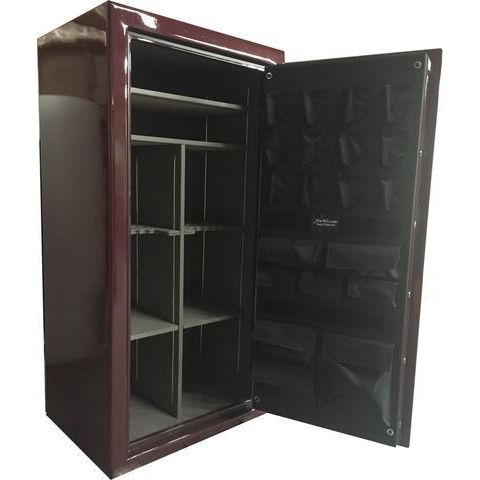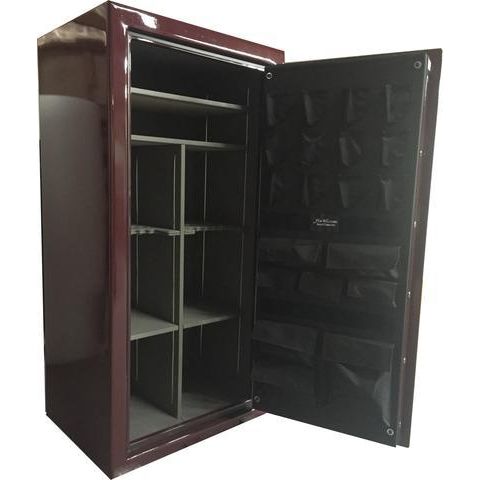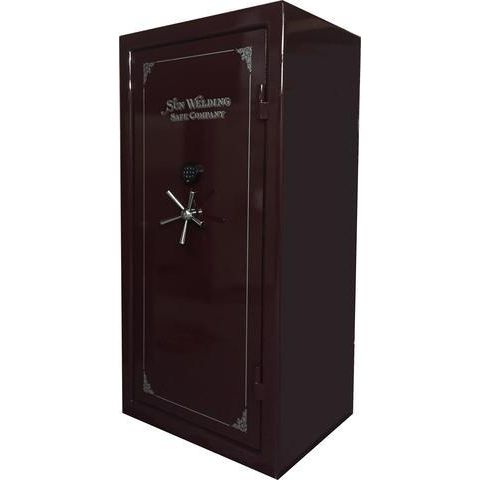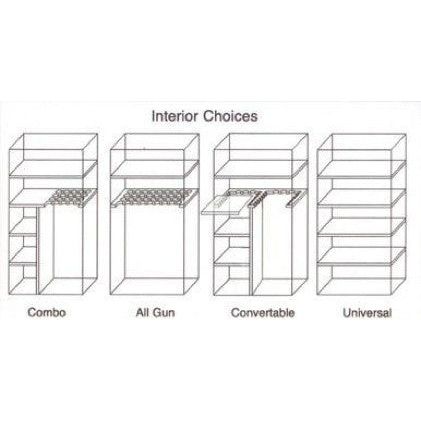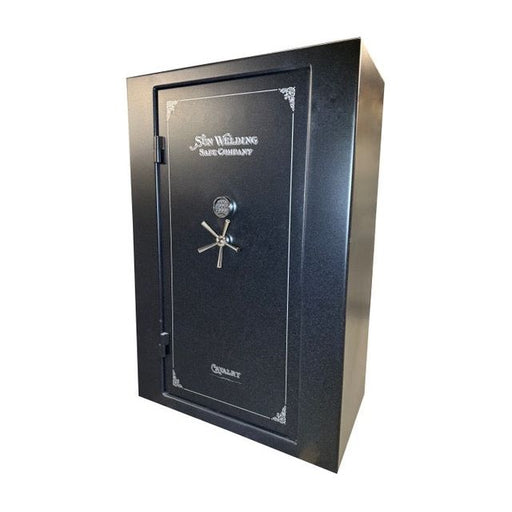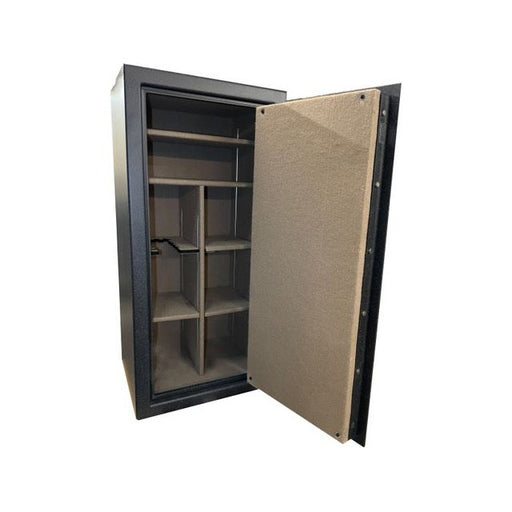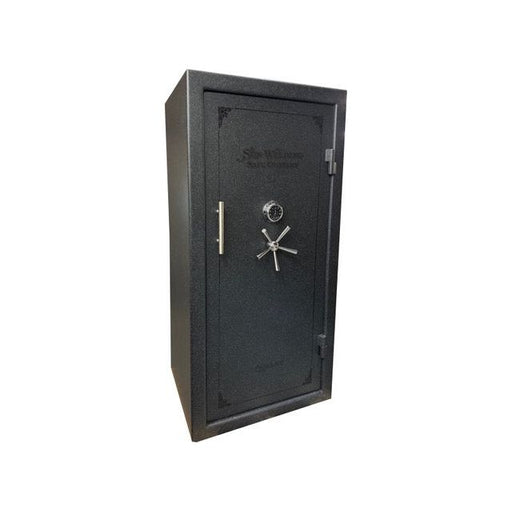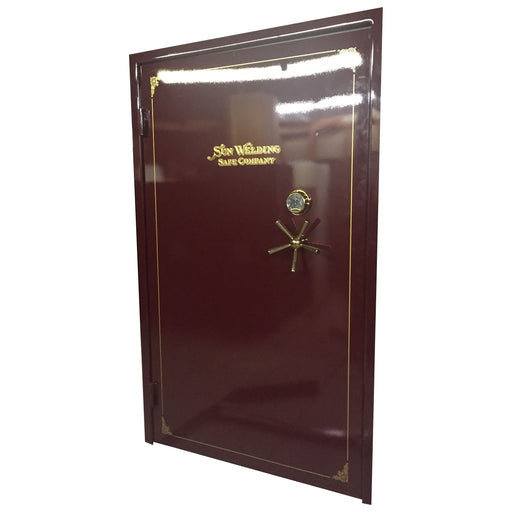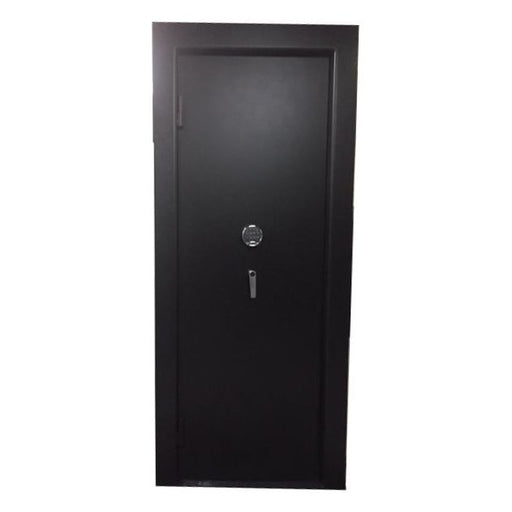When it comes to protecting your valuables, safes are an indispensable asset in any home or business. However, just acquiring a safe isn't enough; maintaining and caring for it is crucial to ensure it serves its purpose for the long haul. In this comprehensive guide, we’ll delve into how to maintain and care for your safe to keep it functioning optimally. From cleaning to regular checks, understanding the significance of safe upkeep can save you headaches—and potentially losses—down the line.
Understanding Your Safe
Before delving into maintenance tips, it’s essential to understand the different types of safes and their features. Safes come in various materials and designs, each serving specific purposes. For example, some are fireproof whereas others are waterproof, and certain models come with sophisticated locking mechanisms. Knowing your safe’s characteristics will help you in choosing the right maintenance practices.
Types of Safes
-
Fire Safes: Designed to protect contents from fire damage.
-
Waterproof Safes: Ideal for safeguarding against water damage.
-
Burglar Safes: Equipped with features to prevent unauthorized access.
-
Gun Safes: Specifically made for storing firearms securely.
Once you understand your safe type, you can adopt suitable maintenance practices to extend its life and functionality.
Regular Checks and Inspections
Consistency is key when it comes to maintaining your safe. Regular checks can help you identify potential issues before they become significant problems.
Visual Inspections
Start with a visual inspection at least once a month. Look for:
-
Rust or Corrosion: Especially on metal safes.
-
Dents or Scratches: These might indicate that the safe has been compromised.
-
Seal Integrity: Ensure that the locking mechanism is functioning correctly.
Functional Tests
Testing the locking mechanism and digital keypad (if applicable) is essential. Perform these tests bi-monthly:
- Open and close the safe several times.
- Change the battery for digital safes to ensure uninterrupted functioning.
- Make sure all bolts and hinges operate smoothly.
Cleaning Your Safe
Dust and dirt can accumulate on your safe, causing potential issues over time. Keeping it clean not only enhances its aesthetic appeal but also prevents it from becoming a breeding ground for rust and other damages.
Cleaning Materials
To effectively clean your safe, gather the following materials:
- Soft, lint-free cloths
- A mild detergent or specialized safe cleaner
- Soft brush or vacuum for hard-to-reach areas
Cleaning Steps
Follow these simple steps to ensure your safe remains clean:
- Start by disconnecting any electrical components if you have a digital safe.
- Use a soft cloth dampened with a mild detergent to wipe down the exterior.
- Clean and check all nooks and crannies, using a brush or vacuum to remove dust buildup.
- Dry your safe immediately after cleaning to avoid moisture accumulation.
For concluding a clean session, make sure to apply a rust-inhibiting spray if you notice any scratches or areas of exposed metal.
Maintaining the Locking Mechanism
The locking mechanism is the heart of your safe. Maintenance here is vital for ensuring your valuables remain secure.
Mechanical Safes
If your safe uses a mechanical lock, you should periodically oil the lock mechanism. Here’s how:
- Using a light machine oil, apply a small amount to the keyhole.
- Turn the key in the lock while applying oil to ensure even distribution.
- Wipe away any excess oil to prevent it from attracting dust.
Digital Safes
For digital safes, battery maintenance is essential:
- Replace batteries every 6-12 months based on usage.
- Keep a set of backup batteries nearby to avoid emergencies.
Environmental Considerations
The placement of your safe can significantly affect its longevity. It’s essential to consider environmental factors that could lead to damage.
Humidity and Temperature
Safes should ideally be placed in a controlled environment, away from extreme heat or humidity. Here are tips to manage those factors:
- Avoid placing your safe in attics or basements where temperatures fluctuate.
- Use a dehumidifier in humid areas to prevent rust and mold.
Protection from Impact
Even though safes are built to withstand various forces, protecting them from impact is still a good practice:
- Secure your safe to the floor or a wall to prevent tipping during an earthquake or flood.
- Position it away from heavy traffic areas where it might get bumped or knocked into.
Additional Security Measures
While regular maintenance ensures functionality, additional security measures enhance your safe's resilience against unauthorized access.
Unique Combinations and Codes
For digital or combination locks, consider changing the code periodically. Here are some tips:
- Utilize combinations or codes that are difficult to guess.
- Don’t use easily traceable dates or patterns (like birthdays).
Access Control
Limit access to the safe to trustworthy individuals. This helps mitigate risks while varying the access codes periodically if shared among multiple users.
Emergency Preparedness
Despite all your efforts at maintenance, accidents can happen. It's wise to prep for emergencies to avoid loss of valuables.
Know Your Safe’s Features
Familiarize yourself with your safe's emergency override features. If your battery dies or you forget the combination, understanding these functionalities can save time and stress.
Backup Copies
Ensure you have a backup copy of critical files stored outside the safe, like:
- Digital copies of essential documents
- Photo backups for irreplaceable items
Wrap-Up: Ensuring a Safe Haven
Ultimately, your safe is only as reliable as the care it receives. By following these maintenance tips, regular checks, and understanding your safe’s environment, you can significantly extend its lifespan while ensuring your valuables remain secure. Remember, it’s not merely about purchasing a safe; it’s about nurturing it. Make your commitment to safety a top priority, and you will enjoy peace of mind knowing your treasures are well cared for, both now and in the future.


